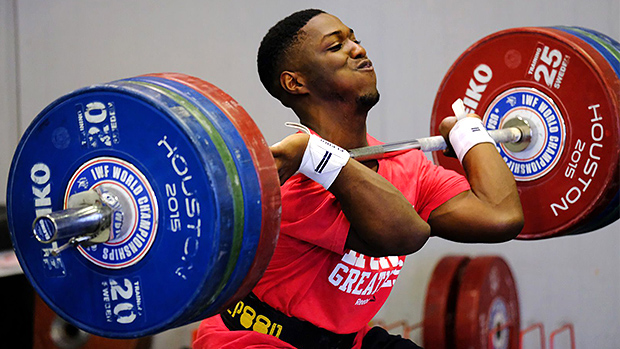Sit Down and Go Heavy
The face pull can be loaded in the upper strength and hypertrophy rep ranges. But as you start climbing your way up the weight stack from a standing position, you'll quickly hit a ceiling on the loads you can stabilize without compensating at the torso, hips or lower body. As the weights get heavy, two key mistakes usually happen.
First, the lifter leans back and alters the mechanics of the movement. Second, many will split their stance and sit into a rotational moment at the hips and spine, which loads the exercise in a symmetrical way, negating the "pain-free-ness."
Sure, some coaches will preach that you should only train loads that you can control from a symmetrical standing position, but why not alter the setup to reap the best of both worlds? This is where the seated face pull comes in.
By sitting on a bench or box, you can create better contact points with the ground, mainly from your ass on the bench and your feet on the floor. From this position, you can better stabilize the torso and spine while dialing in the ideal angle of pull that's stable and actively supported by the musculature of the pillar. This position also can create a higher angle to face pull from, which is great for ensuring that the prime movers (scapular muscles) are targeted and the upper traps and neck don't take over.
From the seated position, you need to remain highly active by contracting the glutes, adductors, core and shoulders to achieve a perfect position first before you initiate a heavy face pull. From that base, loading into the 6-10 rep range will become a staple upper back builder that's not only effective, but easy on the shoulders too.




